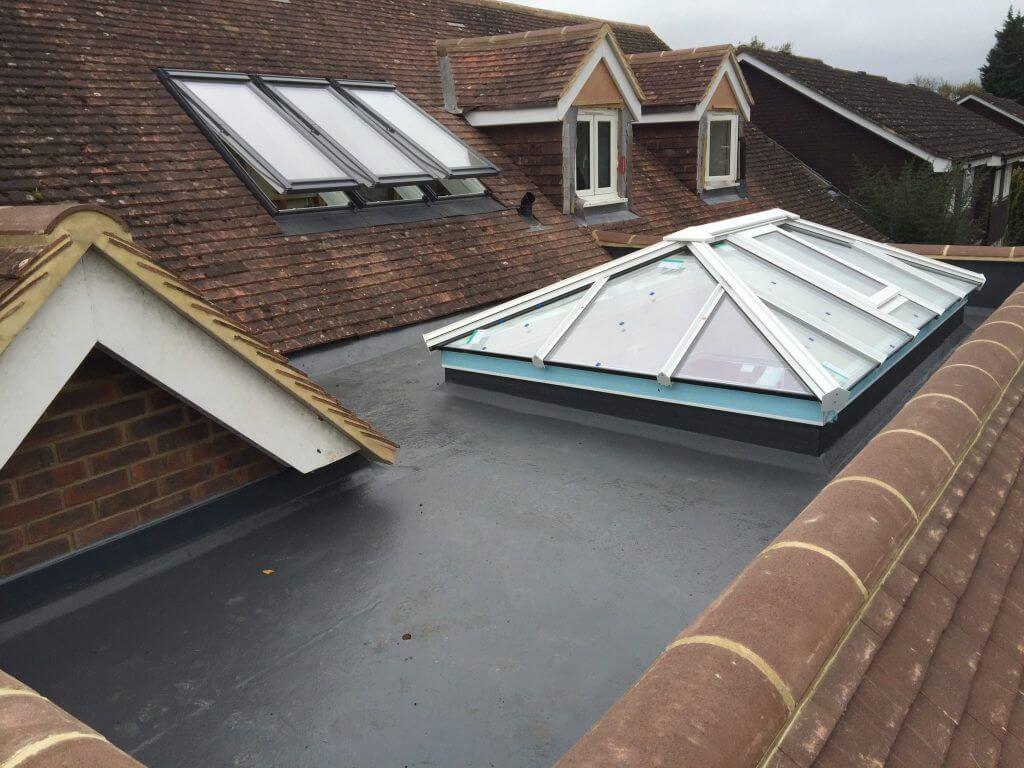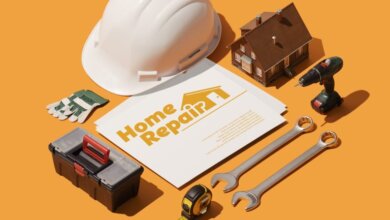The Ultimate Guide to Flat Roofing Systems for Homes and Businesses
"Learn everything about flat roofing systems, including types, benefits, costs, and maintenance. Protect your property with professional installation tips.

Flat roofing systems have become a popular choice for both residential and commercial properties because they combine durability, cost-effectiveness, and a sleek, modern appearance. In Decatur, TX, property owners are increasingly opting for flat roofing to maximize usable space, simplify maintenance, and reduce installation expenses. Understanding the types, benefits, and maintenance requirements is essential before investing in a new installation, repair, or replacement.
What Is Flat Roofing?
Flat roofing refers to a low-slope covering designed to appear almost horizontal while allowing proper drainage. Unlike traditional sloped structures, flat systems offer extra space that can be used for patios, solar panels, or HVAC equipment. Correct installation ensures water flows efficiently to drains or scuppers, preventing pooling and potential leaks.
These systems are suitable for homes, businesses, and industrial buildings. With professional installation, flat roofing can provide both longevity and energy efficiency while maintaining a modern aesthetic.
Types of Flat Roofing Systems
Selecting the right system in Decatur, TX depends on your building type, local climate, and budget. Popular options include:
- EPDM Flat Roofing
EPDM (ethylene propylene diene monomer) is a durable, flexible rubber membrane known for UV resistance and long-lasting performance. It is widely used for both homes and commercial buildings. - TPO Flat Roof
TPO (thermoplastic polyolefin) is energy-efficient and reflective, helping reduce cooling costs in hot climates. It resists tears, punctures, and chemical damage, making it suitable for larger commercial applications. - PVC Flat Roofing
PVC (polyvinyl chloride) systems are highly durable, fire-resistant, and reflective. They are particularly popular in commercial settings for energy savings and longevity. - Modified Bitumen Systems
These consist of asphalt layers reinforced with fabrics, providing extra durability and water resistance. Modified bitumen is often used on commercial buildings and low-traffic areas.
Advantages of Flat Roofing
Flat roofing provides numerous benefits for property owners:
- Cost-Effective Installation – Requires fewer materials and simpler labor, reducing upfront costs.
- Usable Space – Supports rooftop patios, gardens, or mechanical equipment.
- Simplified Maintenance – Easy access makes inspections, cleaning, and minor repairs simpler.
- Modern Aesthetic – Provides a sleek, contemporary look for homes and businesses.
- Durability – High-quality materials withstand harsh weather and last for decades.
Installation Process
Professional installation is essential to ensure long-term performance. Key steps include:
- Site Assessment – Evaluating structural integrity, drainage needs, and material selection.
- Surface Preparation – Removing old layers, reinforcing the deck, and ensuring proper slope.
- Membrane Application – Installing EPDM, TPO, PVC, or other materials using heat welding or adhesives.
- Sealing and Finishing – Adding flashings, edge trims, and drains to prevent leaks.
- Inspection and Testing – Confirming water flows correctly and all seams are secure.
Experienced contractors, such as Tru-Green Roofing, provide professional installation in Decatur, TX, minimizing the risk of leaks and structural issues.
Repair and Replacement
Even the most durable systems require attention over time. Common issues include:
- Ponding Water – Standing moisture can damage membranes if not addressed.
- Seam or Membrane Damage – Tears or punctures can lead to leaks.
- Aging Materials – Over time, membranes lose flexibility and effectiveness.
Professional flat roof repair ensures minor problems are corrected before they escalate. In severe cases, a complete flat roof replacement may be necessary to restore full functionality and prevent long-term damage.
Residential vs. Commercial Applications
Residential Flat Roofing – Often utilizes EPDM or TPO for homes, decks, and small buildings. Key considerations include appearance, easy maintenance, and durability.
Commercial Flat Roofing – Typically requires stronger materials such as PVC or reinforced TPO due to larger surface areas and potential load from HVAC units or foot traffic. Routine inspections are essential to maintain long-term performance.
Maintenance Tips
Maintaining a flat roofing system is crucial for longevity:
- Inspect for debris, punctures, or membrane damage regularly.
- Ensure drains and scuppers remain clear to prevent pooling.
- Address minor leaks immediately to avoid costly repairs.
- Trim overhanging trees to prevent damage.
- Schedule periodic professional inspections to check for structural issues.
Proper maintenance keeps the system performing efficiently while protecting the building below.
Final Thoughts
Flat roofing is a versatile, durable, and cost-effective solution for homes and businesses in Decatur, TX. From EPDM and TPO to PVC, each system offers specific advantages depending on the property type and local conditions. Professional installation and ongoing maintenance are essential to ensure longevity, prevent leaks, and maintain energy efficiency. Partnering with trusted experts like Tru-Green Roofing guarantees a safe, functional, and visually appealing flat roofing system that will last for decades.
FAQs
- What is flat roofing?
A flat roofing system is a nearly horizontal covering designed to provide durability, water management, and additional usable space. - What are the most common materials used?
EPDM, TPO, PVC, and modified bitumen are popular due to their durability, flexibility, and energy efficiency. - How long does flat roofing last?
With proper installation and maintenance, a flat system typically lasts 20–30 years, depending on materials and climate. - Can flat roofing handle heavy rain or snow?
Yes. Proper slope and drainage systems ensure effective water runoff and prevent pooling. - How often should it be inspected?
Professional inspections every 6–12 months help detect minor issues before they become costly problems.




